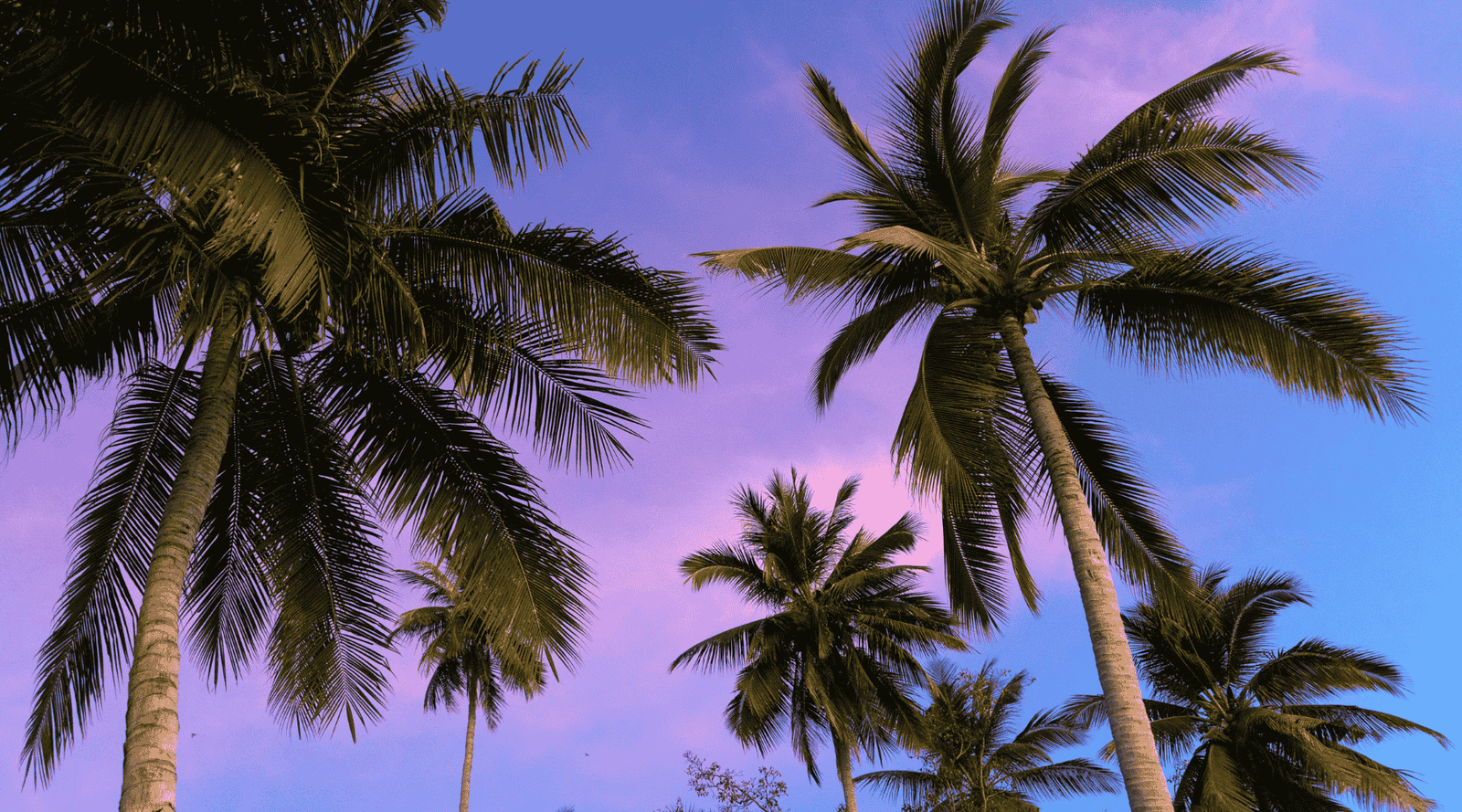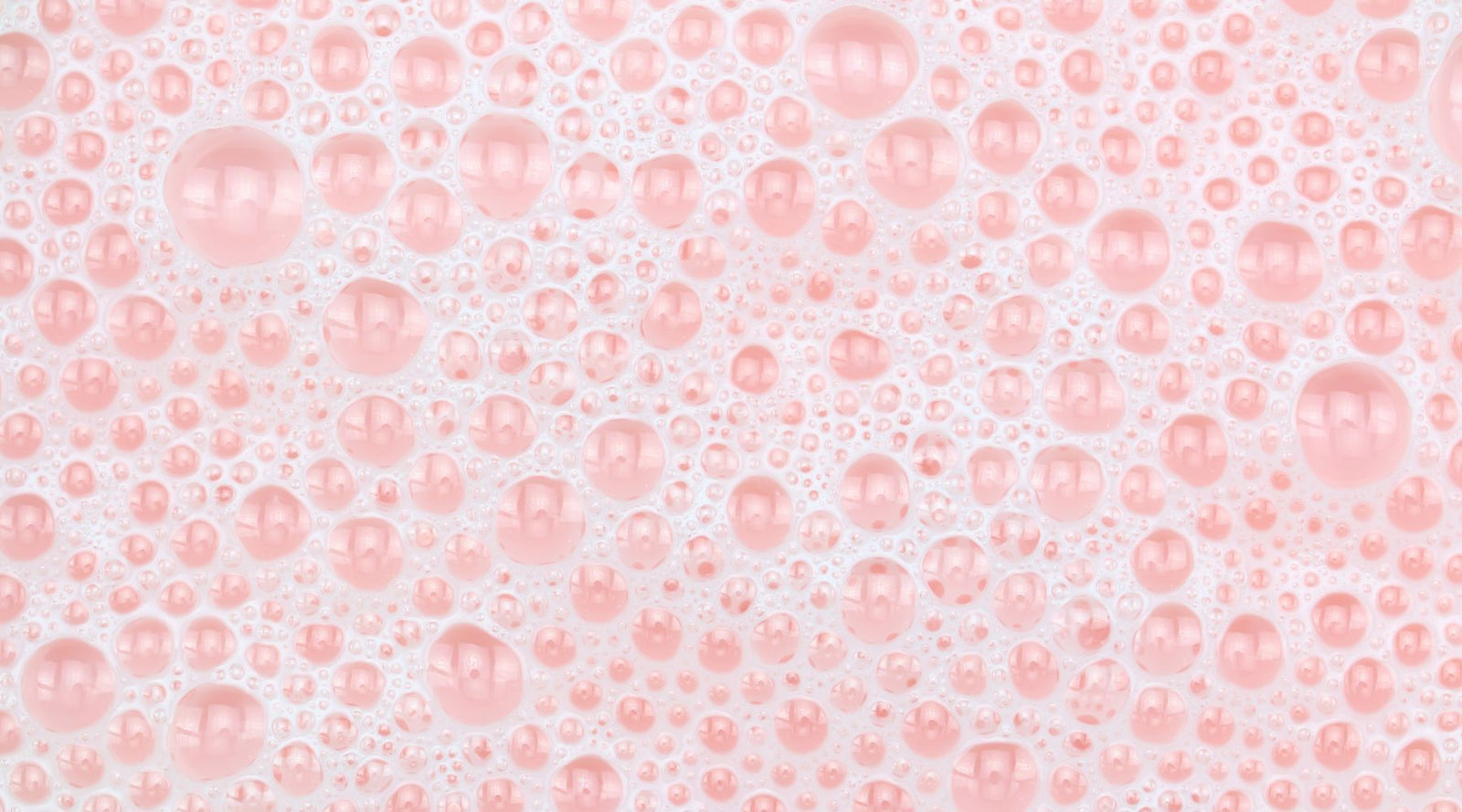-
Shop
- NEW! Baby
- Value Sets
- Self-Tanner
- Skincare
- Island Ambrosia Bakuchiol Moisturizer
- Tropical Melt Bakuchiol Cleansing Balm
- Mermaid Micellar Cleansing Water Serum
- Moon Jelly Gel Cleanser Mask
- Makeup
- Jet Set Multi-Stick
- Beach Babe Cream-to-Glow
- Color Crush Plumping Liquid Lip + Cheek Stain
- Beachy Kiss Lip Oil
-
Shop by Ingredient
-
About Us
- Island Time Blog



